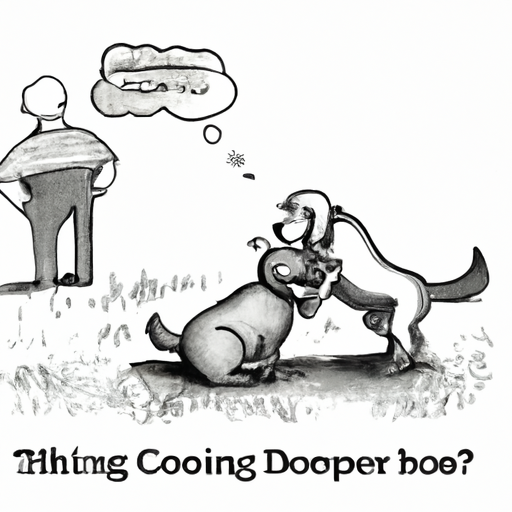Introduction
You are a caregiver, an individual who cares deeply about the well-being of your furry friend, and you are naturally curious about their behaviors. One behavior that may have caught your attention is the seemingly peculiar habit your dog has of sniffing other dogs’ butts. Why do they do it? Is it necessary? As you read on, you’ll find that this behavior has a lot more to do with canine communication than you might have thought.
Canine Communication: More than Meets the Eye
Canine communication goes beyond barks and tail wags. It’s a complex system that involves a range of behaviors, one of which includes the infamous butt sniffing.
- Scent: Dogs have an extraordinary sense of smell. Sniffing each other’s rear ends is like reading a biography for dogs. It tells them about the other dog’s diet, gender, reproductive status, and more.
- Anal Glands: Dogs have two small glands located on either side of their anal area. These glands secrete unique scents that serve as an identity card.
- Social Behavior: This butt sniffing habit also serves as a social handshake for dogs. It’s a way for them to greet each other and establish a sort of social order.
The Science Behind the Sniff
Dogs have a special organ called the Jacobson’s organ or the vomeronasal organ. This organ is specifically designed to process the unique chemical compounds found in scents.
Table 1. Comparison of Human and Canine Sense of Smell
| Species | Number of Scent Receptors |
|---|---|
| Human | 5 million |
| Dog | Up to 300 million |
As seen in the table above, dogs possess a far superior sense of smell compared to humans, allowing them to pick up a myriad of scents we can’t even begin to comprehend.
Decoding Dog Etiquette
As a caregiver, you may feel embarrassed or uncomfortable when your dog starts to sniff another dog’s butt, especially in public. However, it’s essential to understand that this is a natural and normal behavior for dogs.
- Intervening: Unless the interaction becomes aggressive or one of the dogs seems uncomfortable, it’s best not to interrupt.
- Understanding: By understanding this behavior, you can better interpret your dog’s actions and reactions.
- Socializing: Allow your dog to socialize properly. This will not only fulfill their sniffing needs but will also help them become well-adjusted dogs.
Frequently Asked Questions (FAQs)
Q: Is it bad if my dog doesn’t sniff other dogs’ butts?
A: Not necessarily. Some dogs may be more private or shy.
Q: How can I tell if my dog is uncomfortable during these interactions?
A: Look for signs of stress, such as pinned ears, tucked tail, or attempts to move away.
Q: Can I train my dog to stop sniffing other dogs?
A: While you can train your dog to respond to commands, it’s important to let them engage in natural behaviors.
By understanding the ‘why’ behind your dog’s actions, you are one step closer to strengthening the bond with your furry friend. After all, it’s these little quirks that make our pets uniquely endearing.



